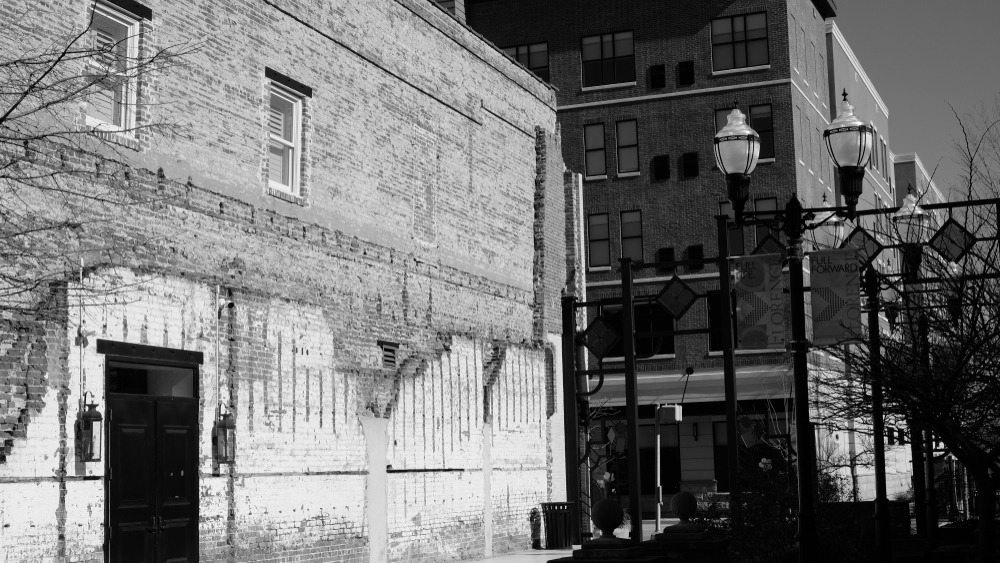
Post-Civil War Florence witnessed significant growth and prosperity, leveraging its railroad connections to distribute cotton, timber, and eventually tobacco. The 20th century saw the city’s economy diversify, with a strong emphasis on healthcare, driven by major hospitals and pharmaceutical plants. Post-World War II era further broadened the industrial base to include textiles, pharmaceuticals, paper, and manufacturing alongside traditional agricultural products.
In 2010, Florence embarked on an ambitious downtown redevelopment initiative, transforming the city’s core into a vibrant cultural and commercial district. The Downtown Redevelopment District, originally spanning seventy square blocks, now includes over 100 acres incorporating the historic Timrod Park area. Significant projects such as the Drs. Bruce and Lee Foundation Library, the new Florence Little Theater, and the Francis Marion University Performing Arts Center, alongside the Florence Museum of Art, Science & History, have revitalized the area. Efforts to rejuvenate the once-dormant Evans Street into a bustling commercial and residential corridor underscore the city’s commitment to its historical roots and future growth.
Florence’s journey from a strategic railroad junction to a modern, diversified city reflects its resilience and adaptability. The city’s rich history and continuous transformation stand as a testament to the community’s enduring spirit and vision for the future.
Florence, South Carolina, boasts a rich history that spans from early settlements to its present status as a thriving modern city. Incorporated in 1890 and chartered in 1871 by the Reconstruction government, Florence’s roots trace back to one of the original townships outlined by the Lords Proprietors in 1719. This area saw gradual settlement throughout the late 19th and early 20th centuries, with early settlers engaging in subsistence farming. They produced essential crops and goods like indigo, cotton, naval stores, and timber, which were transported down the Great Pee Dee River to Georgetown’s port for export.
The mid-19th century marked a pivotal development for Florence with the construction of two intersecting railroads: the Wilmington and Manchester, and the Northeastern. General William Harllee, president of the Wilmington & Manchester Railroad, chose to name the community “Florence” after his daughter, establishing a permanent settlement at the rail junction.
During the American Civil War, Florence emerged as a crucial supply and railroad repair hub for the Confederacy. The city was also the site of the Florence Stockade, a prison camp that held between 12,000 and 18,000 Union prisoners of war. Tragically, over 2,800 prisoners died from disease, and the adjacent burial ground later became the Florence National Cemetery, a somber reminder of the city’s wartime history.
Here Florence strives to provide the finest deals, products, and experiences in your local community. It’s all RIGHT HERE, and it’s all LOCAL.
If you notice something that you believe should be here, please let us know. And you’ll notice it soon HERE!
© Copyright 2024, HERECity.com